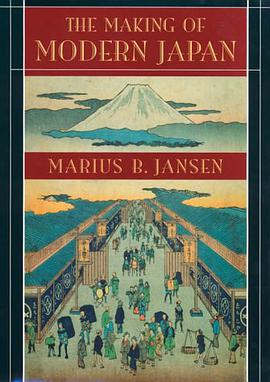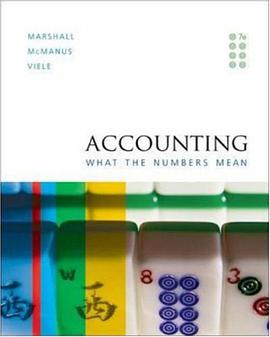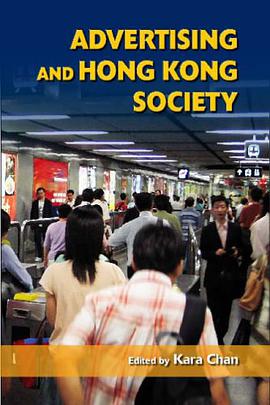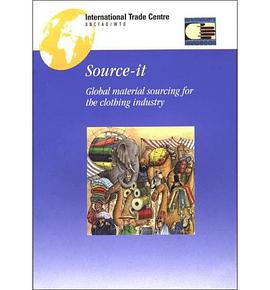
The Making of Modern Japan pdf epub mobi txt 电子书 下载 2025
- 日本史
- 日本
- 日本历史
- 明治维新
- 近代化
- 政治史
- 社会史
- 文化史
- 外交史
- 经济史
- 亚洲史
- 历史

具体描述
Magisterial in vision, sweeping in scope, this monumental work presents a seamless account of Japanese society during the modern era, from 1600 to the present. A distillation of more than 50 years' engagement with Japan and its history, it is the crowning work of our leading interpreter of the modern Japanese experience. Since 1600 Japan has undergone three periods of wrenching social and institutional change, following the imposition of hegemonic order on feudal society by the Tokugawa shogun; the opening of Japan's ports by Commodore Perry; and defeat in World War II. "The Making of Modern Japan" charts these changes: the social engineering begun with the founding of the shogunate in 1600, the emergence of village and castle towns with consumer populations, and the diffusion of samurai values in the culture. Jansen covers the making of the modern state, the adaptation of Western models, growing international trade, the broadening opportunity in Japanese society with industrialization, and the postwar occupation reforms imposed by General MacArthur. Throughout, the book gives voice to the individuals and views that have shaped the actions and beliefs of the Japanese, with writers, artists and thinkers as well as political leaders given their due. The story this book tells, though marked by profound changes, is also one of remarkable consistency, in which continuities outweigh upheavals in the development of society, and successive waves of outside influence have only served to strengthen a sense of what is unique and native to Japanese experience. "The Making of Modern Japan" takes us to the core of this experience as it illuminates one of the contemporary world's most compelling transformations.
作者简介
Marius B. Jansen was Professor Emeritus of Japanese History and East Asian Studies, Princeton University, and author of Sakamoto Ryoma and the Meiji Restoration.
目录信息
Acknowledgments
Note on Names and Romanization
1. SEKIGAHARA
1. The Sengoku Background
2. The New Sengoku Daimyo
3. The Unifiers: Oda Nobunaga
4. Toyotomi Hideyoshi
5. Azuchi-Momoyama Culture
6. The Spoils of Sekigahara: Tokugawa Ieyasu
2. THE TOKUGAWA STATE
1. Taking Control
2. Ranking the Daimyo
3. The Structure of the Tokugawa Bakufu
4. The Domains (han)
5. Center and Periphery: Bakufu-Han Relations
6. The Tokugawa "State"
3. FOREIGN RELATIONS
1. The Setting
2. Relations with Korea
3. The Countries of the West
4. To the Seclusion Decrees
5. The Dutch at Nagasaki
6. Relations with China
7. The Question of the "Closed Country"
4. STATUS GROUPS
1. The Imperial Court
2. The Ruling Samurai Class
3. Village Life
4. Townsmen (chonin)
5. Subcaste Japanese
6. Status and Function
5. URBANIZATION AND COMMUNICATIONS
1. The sankin-kotai System
2. Communication Networks
3. Domain Castle Towns
4. Edo: The Central Magnet
6. THE DEVELOPMENT OF A MASS CULTURE
1. Civilizing the Ruling Class
2. Books and Literacy
3. Osaka and Kyoto
4. Genroku Culture
7. EDUCATION, THOUGHT, AND RELIGION
1. Education
2. The Diffusion of Confucianism
3. Scholars and Scholarship
4. The Problem of China
5. Ethnic Nativism
6. Dutch, or Western, Learning (rangaku)
7. Religion
8. Popular Preaching
8. CHANGE, PROTEST, AND REFORM
1. Population
2. Rulers and Ruled
3. Popular Protest
4. Bakufu Responses
9. THE OPENING TO THE WORLD
1. Russia
2. Western Europe
3. News from China
4. The Perry Mission
5. The War Within
6. Defense Intellectuals
10. THE TOKUGAWA FALL
1. The Narrative
2. The Open Ports
3. Experiencing the West
4. The Other Japanese
5. The Restoration Remembered
6. Why Did the Tokugawa Fall?
11. THE MEIJI REVOLUTION
1. Background
2. Steps toward Consensus
3. Toward Centralization
4. Failed Cultural Revolution
5. Wisdom throughout the World
6. The Breakup of the Restoration Coalition
7. Winners and Losers
12. BUILDING THE MEIJI STATE
1. Matsukata Economics
2. The Struggle for Political Participation
3. Ito Hirobumi and the Meiji Constitution
4. Yamagata Aritomo and the Imperial Army
5. Mori Arinori and Meiji Education
6. Summary: The Meiji Leaders
13. IMPERIAL JAPAN
1. The Election
2. Politics under the Meiji Constitution
3. Foreign Policy and Treaty Reform
4. War with China
5. The Diplomacy of Imperialism
6. The Annexation of Korea
7. State and Society
14. MEIJI CULTURE
1. Restore Antiquity!
2. Civilization and Enlightenment! Be a Success!
3. Christianity
4. Politics and Culture
5. The State and Culture
15. JAPAN BETWEEN THE WARS
1. Steps toward Party Government
2. Japan in World Affairs
3. Economic Change
16. TAISHO CULTURE AND SOCIETY
1. Education and Change
2. The Law Faculty of Tokyo Imperial University
3. Taisho Youth: From "Civilization" to "Culture"
4. Women
5. Labor
6. Changes in the Village
7. Urban Culture
8. The Interwar Years
17. THE CHINA WAR
1. Manchurian Beginnings: The Incident
2. Manchukuo: Eastward the Course of Empire
3. Soldiers and Politics
4. The Sacralization of Kokutai and the Return to Japan
5. The Economy: Recovery and Resources
6. Tenko: The Conversion of the Left
7. Planning for a Managed Economy
8. War with China and Konoe's "New Order in Asia"
18. THE PACIFIC WAR
1. Reading World Politics from Tokyo
2. Attempts to Reconfigure the Meiji Landscape
3. The Washington Talks
4. The Japanese People and the War
5. The Road to Hiroshima and Nagasaki
6. The Pacific War in the History of the Twentieth Century
7. Dismantling the Meiji State
19. THE YOSHIDA YEARS
1. The Social Context of Postsurrender Japan
2. Reform and Reconstruction
3. Planning for Recovery
4. Politics and the Road to San Francisco
5. The San Francisco System
6. Intellectuals and the Yoshida Structure
7. Postwar Culture
20. JAPAN SINCE INDEPENDENCE
1. Politics and the 1955 System
2. The Rise to Economic Superpower
3. Social Change
4. The Examined Life
5. Japan in World Affairs
6. Japan at Millennium's End
Further Reading
Notes
Credits
Index
Illustrations
· · · · · · (收起)
读后感
12章、14章圍繞明治時代國家制度建立與文化展開討論。 在明治維新三傑:西鄉隆盛、大久保利通和木戶孝允去世之後,1870年代之后接任者如何完成明治政權制度化的過程呢?作者以明治時期的政治、經濟、軍事、教育改革家為例進行論證。日本經歷松方經濟的財稅改革,並認識到,發展...
评分12章、14章圍繞明治時代國家制度建立與文化展開討論。 在明治維新三傑:西鄉隆盛、大久保利通和木戶孝允去世之後,1870年代之后接任者如何完成明治政權制度化的過程呢?作者以明治時期的政治、經濟、軍事、教育改革家為例進行論證。日本經歷松方經濟的財稅改革,並認識到,發展...
评分12章、14章圍繞明治時代國家制度建立與文化展開討論。 在明治維新三傑:西鄉隆盛、大久保利通和木戶孝允去世之後,1870年代之后接任者如何完成明治政權制度化的過程呢?作者以明治時期的政治、經濟、軍事、教育改革家為例進行論證。日本經歷松方經濟的財稅改革,並認識到,發展...
评分12章、14章圍繞明治時代國家制度建立與文化展開討論。 在明治維新三傑:西鄉隆盛、大久保利通和木戶孝允去世之後,1870年代之后接任者如何完成明治政權制度化的過程呢?作者以明治時期的政治、經濟、軍事、教育改革家為例進行論證。日本經歷松方經濟的財稅改革,並認識到,發展...
评分12章、14章圍繞明治時代國家制度建立與文化展開討論。 在明治維新三傑:西鄉隆盛、大久保利通和木戶孝允去世之後,1870年代之后接任者如何完成明治政權制度化的過程呢?作者以明治時期的政治、經濟、軍事、教育改革家為例進行論證。日本經歷松方經濟的財稅改革,並認識到,發展...
用户评价
相关图书
本站所有内容均为互联网搜索引擎提供的公开搜索信息,本站不存储任何数据与内容,任何内容与数据均与本站无关,如有需要请联系相关搜索引擎包括但不限于百度,google,bing,sogou 等
© 2025 book.quotespace.org All Rights Reserved. 小美书屋 版权所有




















